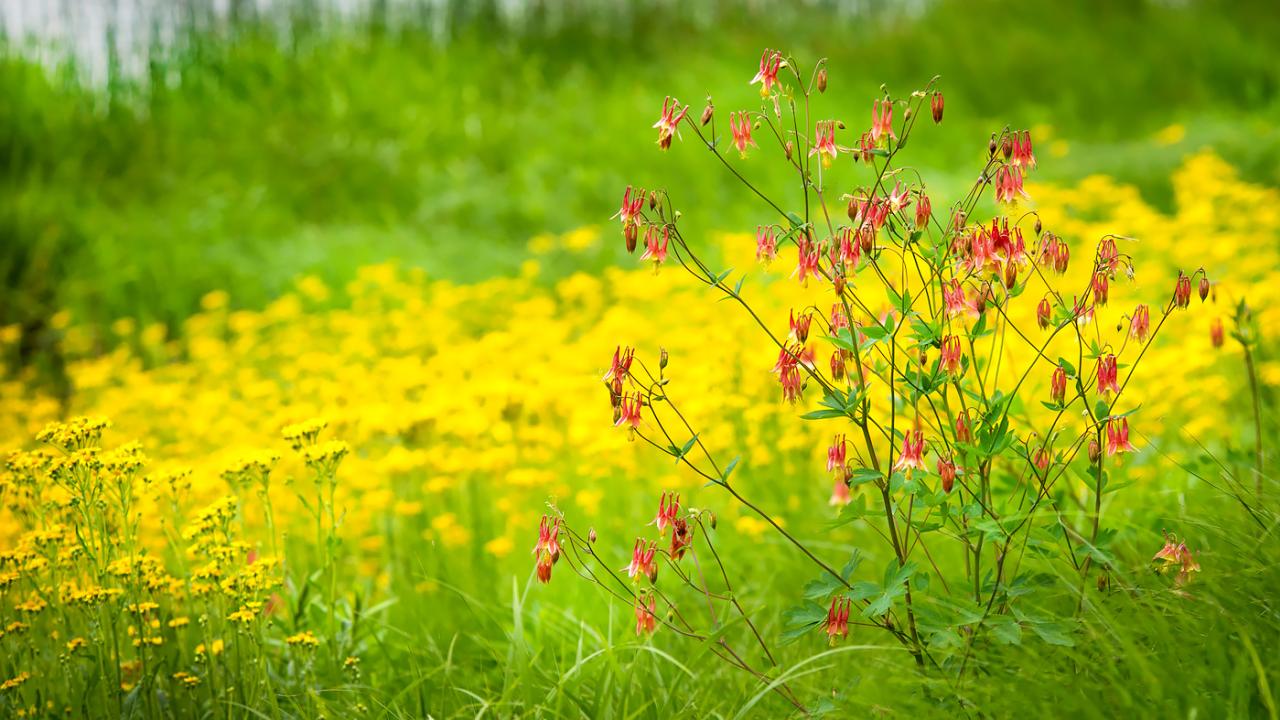

Plant Science &
Conservation
Garden Stories
Take 5 steps to bring back pollinator populations
In recent years, the plight of pollinators has gotten a lot of press, and rightly so.
Provide resources:
For pollinators, this means flowering plants with pollen and/or nectar. Diversity is key, as flowers of different colors and shapes will attract different pollinators. Be sure to provide resources across the entire growing season, so include species that bloom in spring, summer, and fall. Regional native plants are the species our local pollinators evolved with, so they recognize and use them…and you don’t have to worry that they will become invasive!
Provide host plants:
The larvae of many butterflies and moths have particular species that they need to eat to develop, as monarchs need milkweed. Providing host plants will ensure that the next generation of butterflies can mature. Just be willing to accept hungry caterpillars eating those plants.
Provide nesting sites:
Many insects like to nest in bare ground, hollow stems, or leaf litter. Allowing your yard to be a little less tidy can benefit insects. Many attractive bee houses are available for sale, and do-it-yourself instructions can be found on the web, including here on the Garden's own website.
Avoid pesticides:
Pesticides are designed to kill insects, but sometimes they also kill pollinators unintentionally. Systemic pesticides can persist in plants for long periods of time and are present in all parts of the plant, including nectar and pollen. So if you choose plants for a pollinator garden, make sure they haven’t been treated with systemic pesticides. If possible, make your entire yard pesticide-free.
Learn more about pollinators:
There are some great resources on the web—including those created by the Pollinator Partnership and the Xerces Society—that can help you do even more for pollinators.
Help for pollinators begins in your own backyard.
The native plants below are recommended to bring back pollinator populations. (Don’t overlook trees—native maples and willows can provide critical resources early in the season.)








